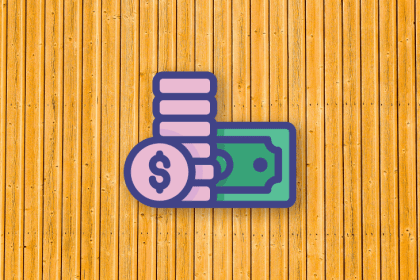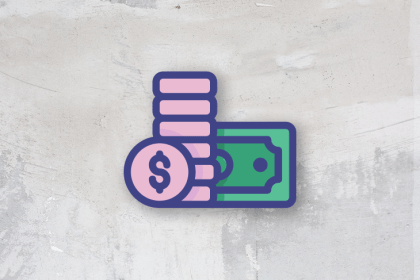
Change management certifications offer an opportunity to earn credentials that prove you’re equipped to manage change in an organization of any size or scope.

Embracing incremental innovation is not only a way to remain competitive but also a way to continuously improve and exceed customer expectations.

Put simply, understanding the costs of developing a product, feature, or update helps you make more informed decisions throughout the product lifecycle.

Product analysts should be motivated, data-oriented, and team players. They collect customer feedback, market data, and product insights to create recommendations for product go-to-market plans.

Detailed estimations are inaccurate and time-consuming, but necessary to gauge project complexity. This is where rough order of magnitude (ROM) planning comes in.

In this guide, we’ll explain what cost estimation is, why it’s important, and how you can use it to make more informed product decisions.

The key to innovating on your business model is to ask the right questions: What value do you offer to the market? How will the market discover your value prop? How do you benefit from delivering that value?

Learn how to craft user personas that improve your team’s ability to make important decisions throughout the product development lifecycle.

Business transformation is a complex and challenging process that requires careful planning, execution, and monitoring. Learn how to be the next Microsoft, not the next Blockbuster.

The S-curve is a widely used project management tool to track and analyze progress. Learn how an S-curve graph can help PMs make the right decisions at the right time.

Successful products require two things: users who want what your product offers and users who are willing to pay for it. In essence, that’s market demand.

Having a permanent, single source of information about the product that details the why, what, and how is a powerful resource for product teams and stakeholders alike.